2025 Best Colleges for Public Policy
February 27, 2025

An interdisciplinary field of study, the public policy major combines the fields of sociology, political science, and economics to provide undergrads with a bird’s-eye view of how governmental policies are crafted and how they impact the world. Required coursework will include forays into ethics, statistics, government, public finance, and research methods. Many degree holders go on to pursue a master’s degree in public policy/administration that can lead to careers in federal, state, and local government, politics, or non-profit management. Others use the bachelor’s in public policy as a precursor to law school. Those who wish to enter the world of employment with a B.A. in this field are typically relegated to entry-level positions in non-profit/government organizations or serve in the Peace Corps or Teach for America. No matter your future aims, the schools on our Best Colleges for Public Policy list will impress prospective employers & graduate/professional schools.
Methodology
Click here to read our methodology for the Best Colleges for Public Policy.
Best Colleges for Public Policy
Here’s a quick preview of the first ten public policy institutions that made our list. Detailed profiles and stats can be found when you scroll below.
10) University of North Carolina at Chapel Hill
All of the schools profiled below have stellar reputations in the area of public policy and commit substantial resources to undergraduate education. For each of the best public policy colleges, College Transitions will provide you with—when available—the university’s:
We will also include a longer write-up of each college’s:
We will also include a longer write-up of each college’s:
- Academic Highlights – Includes facts like student-to-faculty ratio, average class size, number of majors offered, and most popular majors.
- Professional Outcomes – Includes info on the rate of positive outcomes, companies employing alumni, and graduate school acceptances.
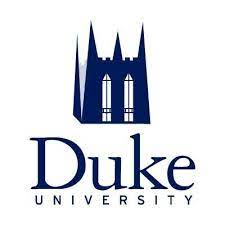
Duke University
- Durham, NC
Academic Highlights: Class sizes are on the small side—74% are nineteen or fewer, and almost one-quarter are less than ten. A stellar 5:1 student-to-faculty ratio helps keep classes so reasonable even while catering to five figures worth of graduate students. The Undergraduate Research Support Office does great work connecting students with opportunities to conduct research, either over the summer or during the regular school year. All told, more than half of undergraduates conduct research. More Duke students pursue a semester abroad than students at any other top ten research institution—roughly half elect to venture off to one of the school’s 300 partner programs scattered around the world.
Professional Outcomes: At graduation, approximately 76% of Duke diploma-earners enter the world of work, 17% continue into graduate schools, and 7% start their own businesses. Companies employing multiple Duke grads per year include Google, Capital One, Amazon, Microsoft, Oracle, Goldman Sachs, Morgan Stanley, Accenture, and a host of other top-shelf corporations in the areas of technology, finance, and consulting. Eventually, 84% of Duke undergraduates will go on to earn an advanced degree One-third of Duke alumni elect to stay in North Carolina. New York, California, DC, and Massachusetts follow in popularity.
- Enrollment: 6,488
- Cost of Attendance: $87,072
- SAT Median: 1550
- ACT Median: 34
- Acceptance Rate: 7%
- Retention Rate: 96%
- Graduation Rate: 96%

Princeton University
- Princeton, NJ
Academic Highlights: An absurdly low 5:1 student-to-faculty ratio does, as you might expect, translate to tiny class sizes for undergraduates. Just under three-quarters of class sections have an enrollment of 19 or fewer students, and 32% have fewer than ten students. Princeton is known for its commitment to undergraduate teaching, and students consistently rate professors as accessible and helpful. The Office of Undergraduate Research assists Tigers in locating faculty members with whom they can jointly conduct research in the summer or during a regular term. More than four hundred study abroad programs, internships, and experiences are available in over 140 countries; 61% of students ultimately engage in at least one international experience.
Professional Highlights: Over 93% of a typical Tiger class has found their next destination within six months of graduating. Companies presently employing hundreds of Tiger alumni include Google, Goldman Sachs, Microsoft, McKinsey & Company, Morgan Stanley, IBM, and Meta. The average salary reported by 2023 graduates was $89k across all majors. Between 15-20% of graduating Tigers head directly to graduate/professional school. Tigers typically choose equally prestigious graduate schools to attend. Members of one recent class flocked in the largest numbers to Stanford, Penn, Princeton, Harvard, Cambridge, Columbia, and Oxford in that order.
- Enrollment: 5,671
- Cost of Attendance: $84,040
- Median SAT: 1540
- Median ACT: 34
- Acceptance Rate: 4%
- Retention Rate: 97%
- Graduation Rate: 97%
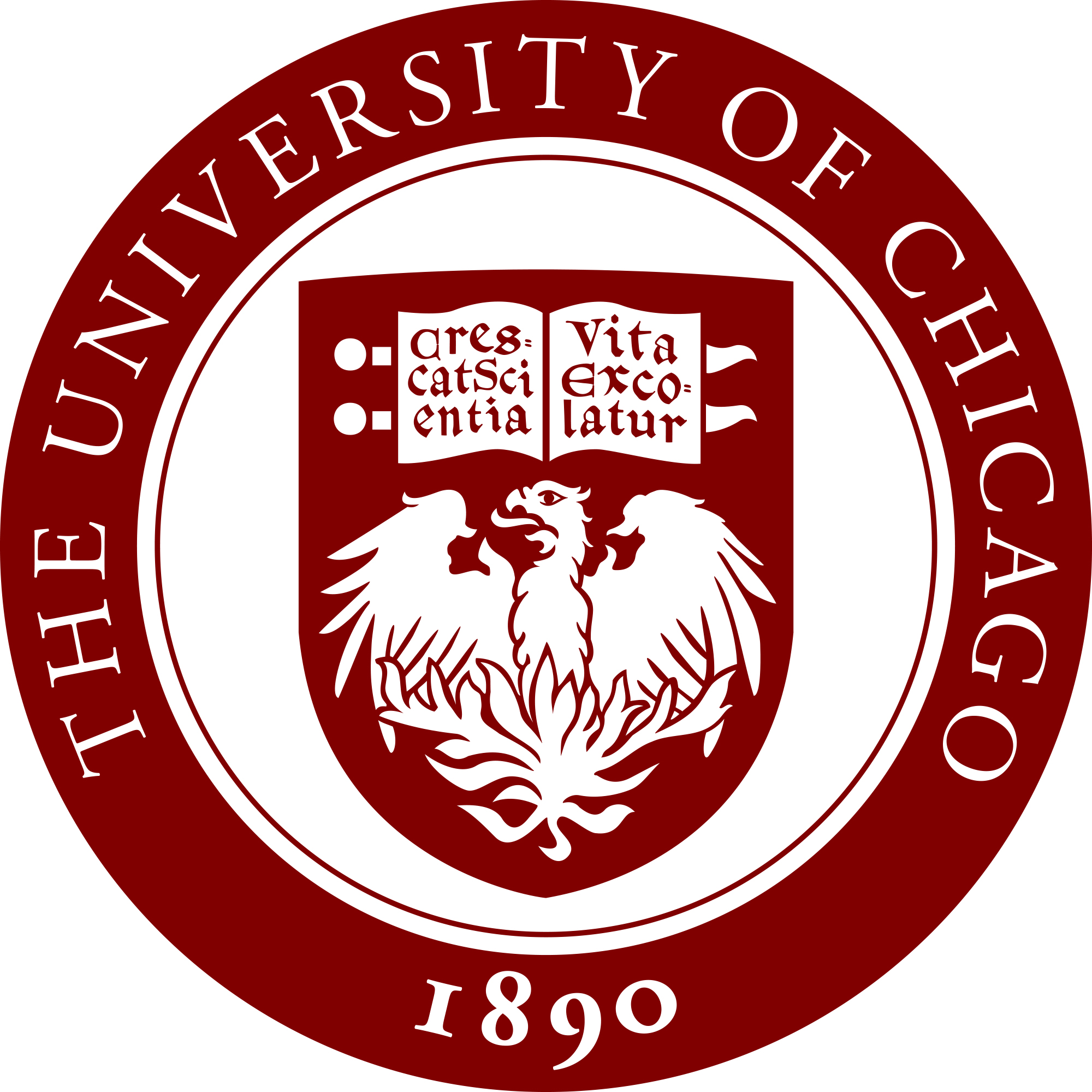
University of Chicago
- Chicago, IL
Academic Highlights: A 5:1 student-to-faculty ratio means that classrooms remain very intimate, and face time with the renowned faculty is a reality. More than three-quarters of UChicago undergraduate sections have an enrollment of nineteen or fewer students. Undergraduate research opportunities are ubiquitous as 80% of students end up working in a research capacity alongside a faculty member. A solid 60% of undergrads study abroad at one of the 77 programs offered in 31 cities around the world.
Professional Outcomes: On commencement day, 99% of the Class of 2023 were employed or continuing their education. The most popular employers for UChicago grads include Google, Amazon, Goldman Sachs, Meta, JPMorgan Chase, Deloitte, Morgan Stanley, and Microsoft. University of Chicago grads are highly sought after by elite graduate universities. The top destinations for recent graduates are Yale, Columbia, MIT, Stanford, and Harvard A fairly substantial 50% of graduates remain in the Midwest after finishing their degrees, 29% migrate to the Northeast, and 10% make the journey west.
.
- Enrollment: 7,643
- Cost of Attendance: $90,360
- Median SAT: 1550
- Median ACT: 35
- Acceptance Rate: 5%
- Retention Rate: 99%
- Graduation Rate: 95%
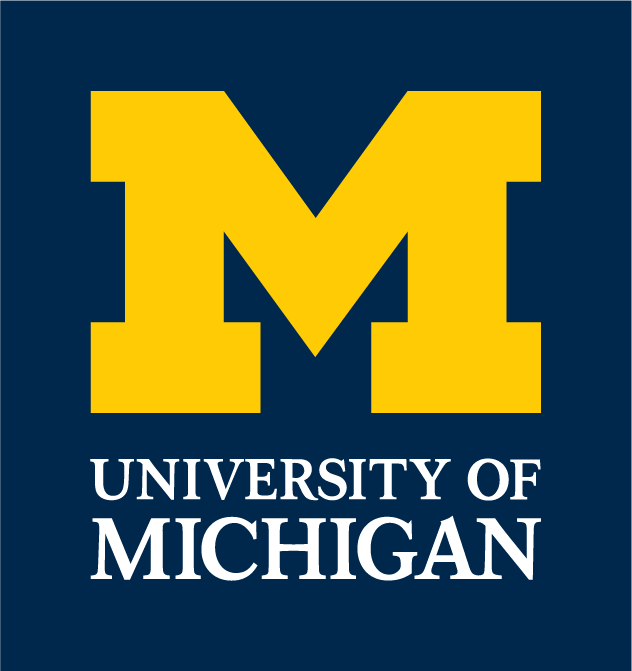
University of Michigan
- Ann Arbor, MI
Academic Highlights: There are 280+ undergraduate degree programs across fourteen schools and colleges. Michigan sports a 15:1 student-to-faculty ratio, and 18% of classes contain 50 or more students, but a solid 53% of classes offer a more intimate experience with fewer than 20 students. The Undergraduate Research Opportunity Program draws in 1,300 participants each year who partner with 800+ research mentors. For students in all academic programs at Michigan, study abroad opportunities are taken advantage of at high rates. In fact, the university is second in the nation in the number of students it sends to study in foreign lands.
Professional Outcomes: Within three months of graduating, 89% of LSA grads are employed full-time or in graduate school. The median salary across all majors is approximately 70k. Top employers include PwC, EY, JPMorgan Chase, Deloitte, Citi, Bank of America, and Capital One. Within six months, 93% of engineering grads are employed (average salary of $99k) or in grad school. General Motors, Ford, Google, Amazon, Apple, and Microsoft employ the greatest number of alumni.
- Enrollment: 33,730
- Cost of Attendance: $34,782 (In-State); $75,626 (Out-of-State)
- Median SAT: 1470
- Median ACT: 33
- Acceptance Rate: 18%
- Retention Rate: 98%
- Graduation Rate: 93%
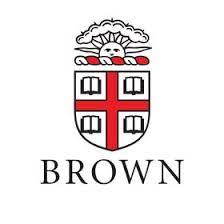
Brown University
- Providence, RI
Academic Highlights: Students must choose one of 80+ “concentration programs,” but there are no required courses. In essence, the guiding philosophy is that students should take control of their learning, pursue knowledge in areas that they are truly passionate about, and learn to integrate and synthesize information across disciplines. Class sizes tend to be small—67% have fewer than twenty students—and 32% are comprised of nine or fewer students. Student surveys reveal an unsurpassed level of satisfaction with the quality of instruction and professor availability. Undergraduates give favorable reviews in those areas at an overwhelming 92-97% clip.
Professional Outcomes: Soon after receiving their Brown diplomas, 63% of graduates enter the world of employment. Companies employing the greatest number of Brown alums include Google, Microsoft, Goldman Sachs, Amazon, Morgan Stanley, Apple, McKinsey & Company, and Meta. 33% of recent graduates go directly into graduate/professional school. Alums tend to settle in major American cities, with most living in New York (44%) and Boston (18%).
- Enrollment: 7,741
- Cost of Attendance: $87,648
- Median SAT: 1540
- Median ACT: 35
- Acceptance Rate: 5%
- Retention Rate: 99%
- Graduation Rate: 96%
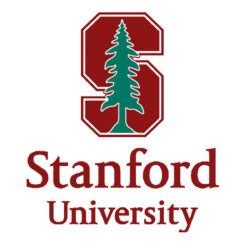
Stanford University
- Palo Alto, CA
Academic Highlights: A virtually unmatched 6:1 student-to-faculty ratio sets students up for a personalized classroom experience and an incredible amount of face time with some of the leaders in their respective fields. Sixty-nine percent of classes have fewer than twenty students, and 32% have a single-digit enrollment. Stanford puts immense resources behind undergraduate research; more than $6.5 million in grant funding is allocated each year to support roughly 1,100 student research projects. Close to 900 students study abroad annually through the Bing Overseas Studies Program in 12 international cities.
Professional Outcomes: Stanford grads entering the working world flock to three major industries: business development, engineering, and education. Among the companies employing the largest number of grads are Google, Apple, Meta, Microsoft, Amazon, NVIDIA, and OpenAI. A sizable number of newly minted Cardinals dive into the world of entrepreneurship. San Francisco, New York, and Los Angeles were the top three US destinations for recent grads. Starting salaries for Stanford grads are among the highest in the country.
- Enrollment: 8,054
- Cost of Attendance: $87,833
- Median SAT: 1550
- Median ACT: 35
- Acceptance Rate: 4%
- Retention Rate: 98%
- Graduation Rate: 93%
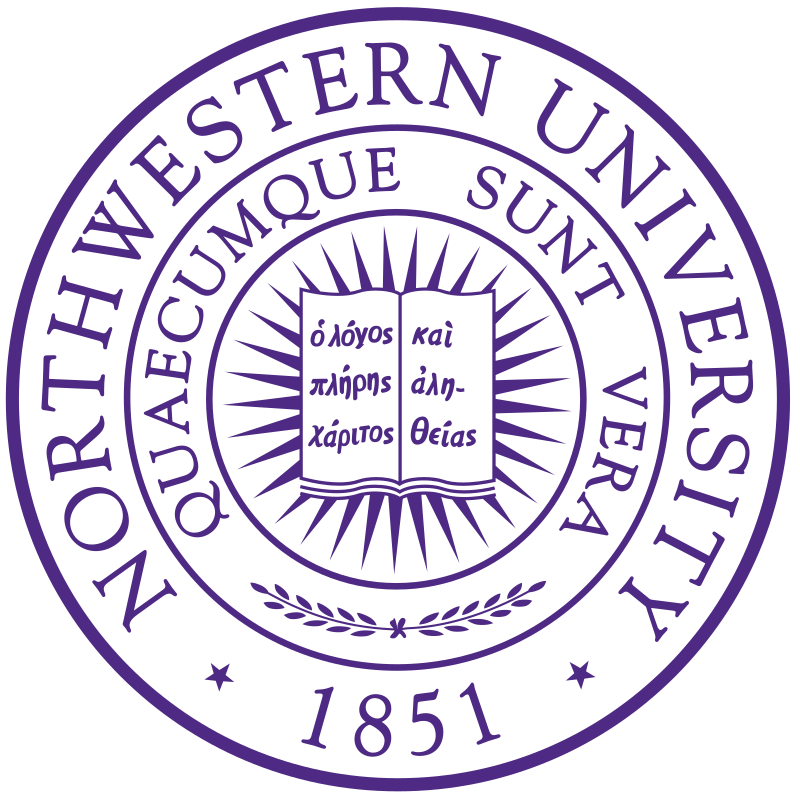
Northwestern University
- Evanston, IL
Academic Highlights: The quarter system allows students to take four courses at a time rather than the typical five. Even so, the academic demands are intense, and Northwestern students work hard for their grades. The university has a phenomenal 6:1 student-faculty ratio, and a spectacular 39% of class sections have nine or fewer students enrolled; 76% have fewer than twenty enrollees. Faculty receive generally favorable reviews from undergraduate students and are rated as being highly accessible outside of the classroom. Fifty-eight percent of recent grads had the chance to conduct research with a faculty member at some point during their undergraduate years.
Professional Outcomes: Six months after graduating, 70% of the Class of 2023 had found employment and 25% were in graduate school. Employers include Google, Amazon, Microsoft, Meta, Deloitte, McKinsey & Co., and Salesforce. Across all majors, the average starting salary was $77k. The vast majority of Northwestern graduates can be found in Illinois, with the next largest concentration of alums living in Connecticut, New Jersey, and New York.
- Enrollment: 9,157
- Cost of Attendance: $91,290
- Median SAT: 1530
- Median ACT: 34
- Acceptance Rate: 7%
- Retention Rate: 97%
- Graduation Rate: 96%
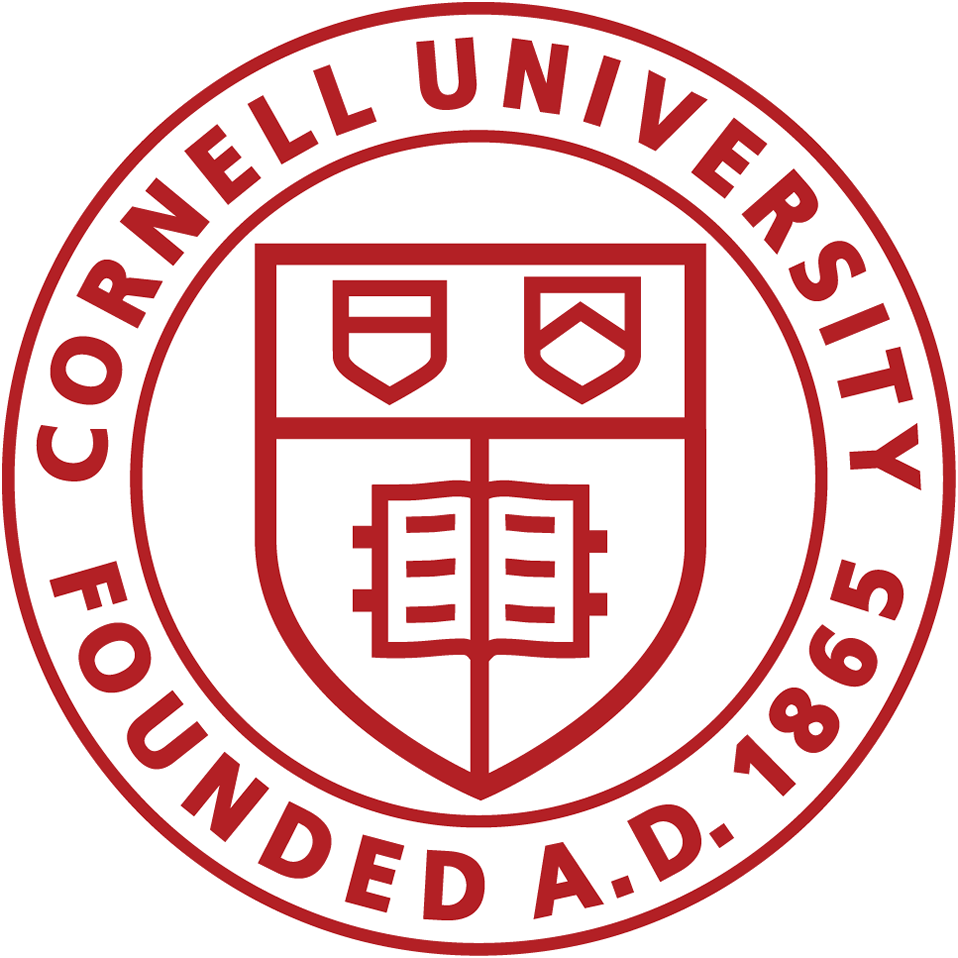
Cornell University
- Ithaca, NY
Academic Highlights: Classes are a bit larger at Cornell than at many other elite institutions. Still, 54% of sections have fewer than 20 students. Introductory courses sometimes take place in larger lecture halls, so 24% of courses have an enrollment of more than forty students. Undergraduates do give their professors generally high marks: 88% report being satisfied with the instruction they have received, 48% report completing a thesis/research project, and 53% conducted research with a faculty member. Members of Big Red can choose from study abroad opportunities in more than forty countries, and roughly one-third participate.
Professional Outcomes: Breaking down the graduates of the College of Arts and Sciences, the largest school at Cornell, 63% entered the workforce, 26% entered graduate school, 2% pursued other endeavors such as travel or volunteer work, and the remaining 4% were still seeking employment six months after receiving their diplomas. Graduates earned a median salary of $85,000. Of the students from A&S going on to graduate school, 13% pursued JDs, 4% MDs, and 25% PhDs. Popular destinations included staying at Cornell, other Ivies, Stanford, MIT, universities in the UC system, or abroad at Oxford, Cambridge, the University of Toronto, or the University of St. Andrews
- Enrollment: 16,051
- Cost of Attendance: $88,140
- Median SAT: 1520
- Median ACT: 34
- Acceptance Rate: 8%
- Retention Rate: 98%
- Graduation Rate: 95%

Brandeis University
- Waltham, MA
Academic Highlights: An ethos of high academic standards and intellectual curiosity permeates this Waltham, Massachusetts, campus. An awe-inspiring 50% of Brandeis undergraduates double major. The student-faculty ratio is 11:1, and 59% of courses contain nineteen or fewer students. Invitations to assist faculty members with academic research are common, even for undergraduates. More than 200 students work each year with the school’s Office of Academic Fellowships to apply for sponsored opportunities to pursue their intellectual passions after graduation. Many have successfully landed Fulbright, Boren, and Critical Language Scholarships, among others.
Professional Outcomes: Within six months of graduation, 98% of the Class of 2023 had found their way to employment (54%), graduate school (43%), or another full-time activity like travel or volunteer work (3%). Members of the Class of 2023 were hired by MGH, Kraft Sports, Deloitte, The Jewish Federations of North America, and Microsoft. The average starting salary for recent grads is $63k. Recent grads pursuing further education attended prestigious institutions such as Columbia, Duke, Harvard, and Yale.
- Enrollment: 3,675
- Cost of Attendance: $86,242
- Median SAT: 1470
- Median ACT: 33
- Acceptance Rate: 35%
- Retention Rate: 90%
- Graduation Rate: 86%
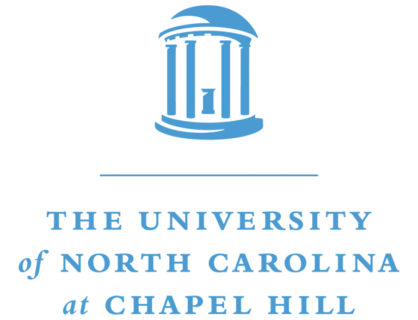
University of North Carolina at Chapel Hill
- Chapel Hill, NC
Academic Highlights: Undergraduates can choose from 74 bachelor’s degree programs across several schools and colleges. 87% of classes have fewer than 50 students, while 39% of classes have a student enrollment under 20. UNC sends forty percent of graduates abroad to one of 70 countries at some point in their educational career. Research is required as part of the general education curriculum, and plenty of faculty-mentored opportunities and funded formal programs are also available. In 2024, over 600 students shared their research at the annual Celebration of Undergraduate Research.
Professional Outcomes: Six months after leaving Chapel Hill, 94% of 2023 grads had entered employment, military service, or graduate school. Among the for-profit companies that hire the most graduates are Bank of America, Wells Fargo, Deloitte, Ernst & Young, Amazon, Fidelity Investments, and Epic Games. In the nonprofit sector, a large number of alumni are employed by AmeriCorps, NIH, Teach for America, and the Peace Corps. The average starting salary is $74,292. Nine percent of 2023 grads enrolled directly in graduate/professional school.
- Enrollment: 20,681
- Cost of Attendance: $26,109 (In-State); $56,450 (Out-of-State)
- Median SAT: 1470
- Median ACT: 32
- Acceptance Rate: 19%
- Retention Rate: 97%
- Graduation Rate: 92%
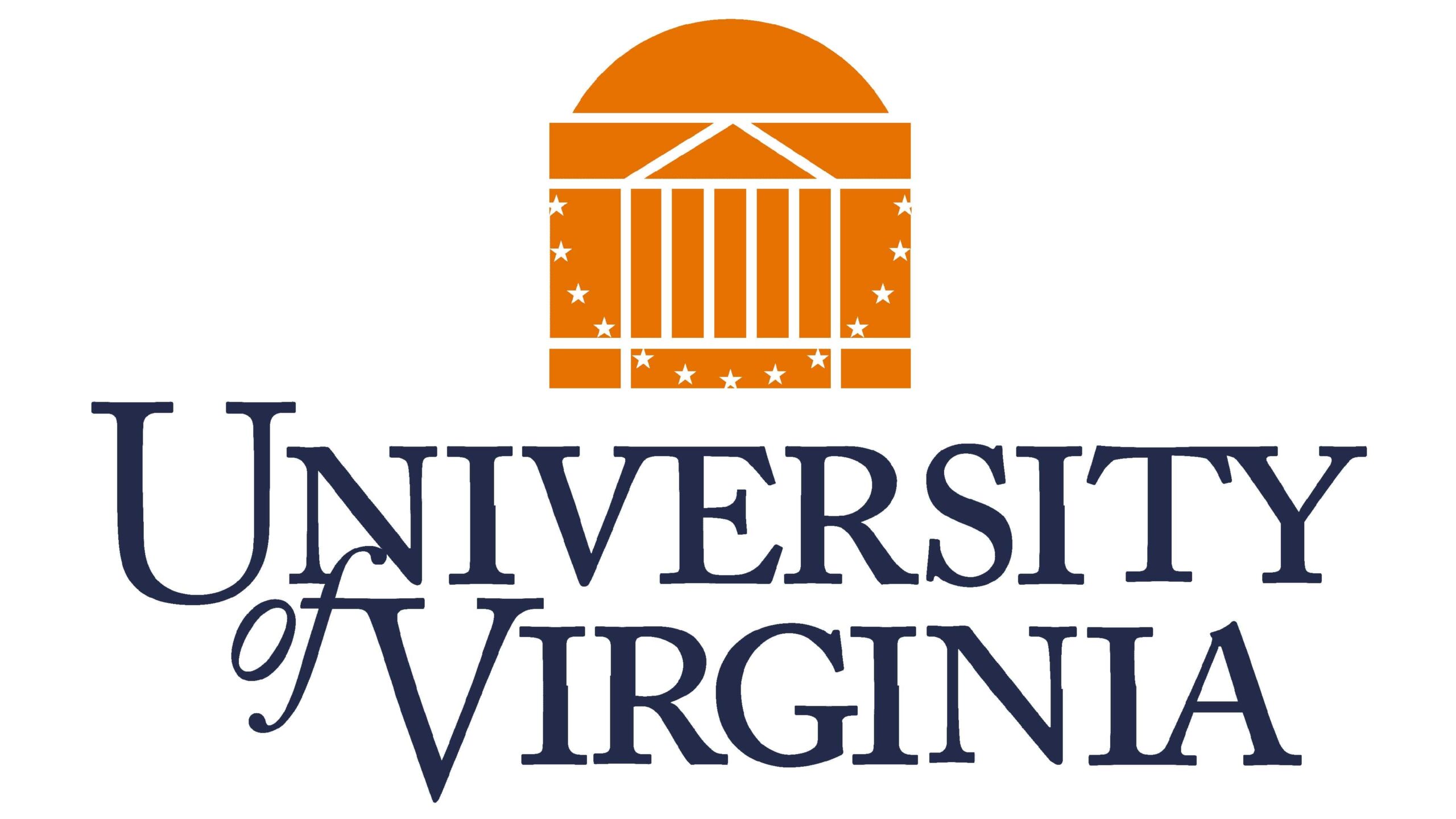
University of Virginia
- Charlottesville, VA
Academic Highlights: Undergrads can study within one of eight colleges/schools, which all offer many small classes; 14% boast single-digit enrollment and 48% contain 19 or fewer students. Undergraduate research opportunities can be challenging to uncover at any large school where graduate students get the prime spots, yet, UVA does offer a multitude of formal opportunities as well as the annual Undergraduate Research Symposium and three undergraduate research journals. The classroom at UVA extends well beyond Charlottesville as one-fifth enjoy a semester abroad through one of fifty programs around the world.
Professional Outcomes: Upon receiving their degree, 86% of the Class of 2023 immediately joined the workforce–with an average starting salary of $82k–or headed directly to graduate school. Capital One (58), Amazon (45), Deloitte (41), and Accenture (34) scooped up the greatest number of 2023 grads. UVA itself was the most popular grad school destination followed by Columbia, Virginia Commonwealth University, and Duke.
- Enrollment: 17,612
- Cost of Attendance: $39,926 (In-State); $76,954 (Out-of-State)
- Median SAT: 1490
- Median ACT: 33
- Acceptance Rate: 17%
- Retention Rate: 97%
- Graduation Rate: 95%
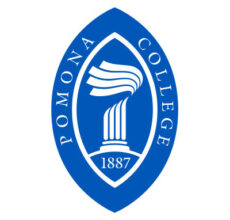
Pomona College
- Claremont, CA
Academic Highlights: The school’s 198 full-time professors are dedicated to the task of undergraduate education. Pomona’s 8:1 student-to-teacher ratio leads to an average class size of only 15 students. 71% of classes contain less than 20 students, and only 13 of 440 courses that ran in 2023-24 contained more than 40 students. Small classes also lead to the forging of student-professor bonds that help over 50% of the undergraduate population conduct research alongside a faculty member, and 25% ultimately publish or formally present their work. Each summer, 200 students remain on campus for such an endeavor. Close to 50% of Pomona students travel abroad to one of 69 programs in 39 countries.
Professional Outcomes: 67% of the Class of 2023 were employed within six months of graduating. Overall, the largest number of alumni can be found at Google, Microsoft, Kaiser Permanente, Amazon, and Apple. Recently, degree-earners have landed jobs at Boston Consulting Group, Alphasights, JP Morgan Chase, and Houlihan Lokey. Majors in the hard sciences frequently landed at top research laboratories and hospitals. Of the 23% of 2023 grads who were accepted directly into graduate school, the most frequently attended institutions included Berkeley, UCLA, Columbia, and NYU.
- Enrollment: 1,664
- Cost of Attendance: $85,300
- Median SAT: 1520
- Median ACT: 34
- Acceptance Rate: 7%
- Retention Rate: 96%
- Graduation Rate: 93%
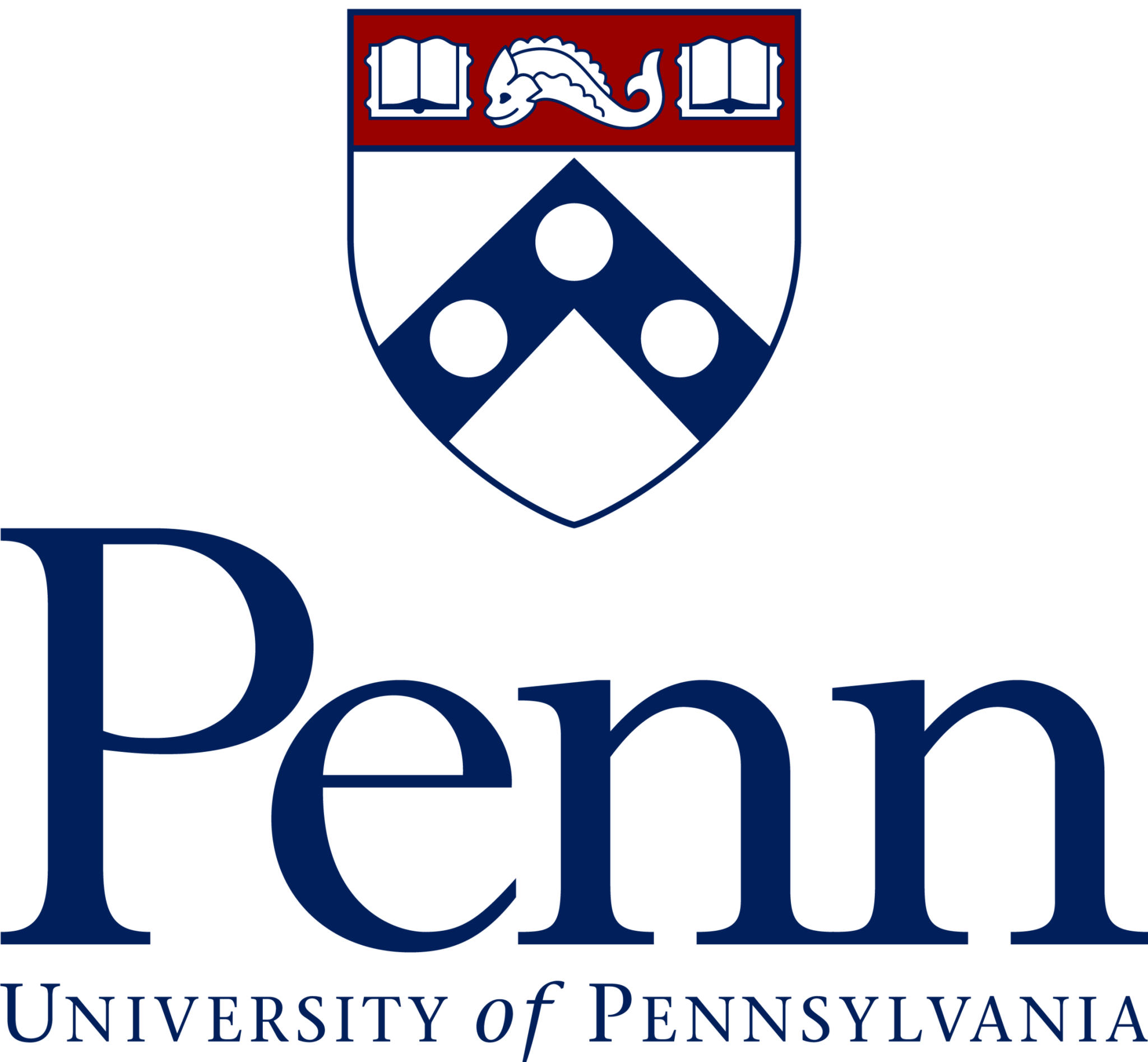
University of Pennsylvania
- Philadelphia, PA
Academic Highlights: 90 distinct degrees are available across four schools. The university boasts an exceptional 27% of courses with an enrollment under ten and 58% with an enrollment under twenty—quite an achievement for a school of Penn’s massive size. It also offers multiple ways for undergrads to conduct research, whether through independent studies or working side-by-side with faculty members. The university publishes 12 distinct journals featuring original undergraduate research. Penn ranks first among Ivies in study abroad participation rate; each year, over 1,400 students head off to earn a semester’s credit in one of 50 countries.
Professional Outcomes: 76% of Class of 2023 grads were employed within six months of graduating, and 16% were in graduate school. Employers hiring the greatest number of 2023 grads included McKinsey & Company, Penn Medicine, Boston Consulting Group, Bain & Company, Children’s Hospital of Philadelphia, and Goldman Sachs. The median starting salary for all graduates is $100,000. For those continuing their educational journeys, the most popular move is to remain at Penn, followed by Harvard and Columbia.
- Enrollment: 11,611
- Cost of Attendance: $89,028
- Median SAT: 1540
- Median ACT: 35
- Acceptance Rate: 6%
- Retention Rate: 98%
- Graduation Rate: 97%

Hamilton College
- Clinton, NY
Academic Highlights: The student-to-faculty ratio is 9:1, and without any pesky graduate students to get in the way, face time with professors is a regular occurrence. In fact, 27% of all classes have nine or fewer students; 70% have nineteen or fewer. Each summer, approximately 120 students engage in high-level undergraduate research with a faculty member. Approximately half of all Hamilton students study off campus for a semester, with some pursuing domestic programs in NYC, DC, or Boston while others take advantage of international opportunities like the school’s own renowned Chinese language program in Beijing or one of one hundred other approved programs around the globe.
Professional Outcomes: Examining the 498 graduates in Hamilton’s Class of 2023, an enviable 96% wasted no time landing jobs, graduate school acceptances, or fellowships. Among the employers welcoming multiple recent graduates aboard were Wayfair, Goldman Sachs, Teach for America, Dana Farber Cancer Institute, Kantar Consulting, and Deutsch Bank. Other Hamilton graduates have been accepted into graduate programs at Stanford, USC, the University of Chicago, Vanderbilt, and several institutions across the Ivy League. New York City, Boston, and DC were the most popular destinations.
- Enrollment: 2,048
- Cost of Attendance: $82,230
- Median SAT: 1490
- Median ACT: 33
- Acceptance Rate: 12%
- Retention Rate: 96%
- Graduation Rate: 91%
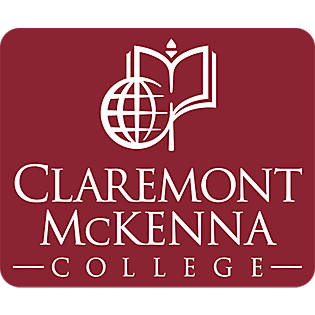
Claremont McKenna College
- Claremont, CA
Academic Highlights: The college boasts an average class size of eighteen, and 88% of course sections have fewer than twenty students. With an 8:1 student-to-faculty ratio and only one graduate program offered (an MA in finance), undergrads benefit from ample professor attention. In a typical school year, an incredible three-quarters of CMC students had the chance to conduct research with a faculty member, and the school has eleven partner research institutes and centers that provide graduate-level research experiences. Studying abroad is another popular pursuit as CMC offers approved programs on each of the world’s six populated continents. Almost half of all undergrads spend time at one of 100+ approved programs in forty countries.
Professional Outcomes: Recent CMC grads work in research, business development, finance, operations, and education, with top employers including companies such as Deloitte, Microsoft, and Google. You name the prestigious graduate/professional program and, chances are, a recent CMC grad (or two or three) is presently studying there. Since 2001, more than 120 alumni have enrolled at USC and UCLA. More than 60 grads have headed to UChicago, Columbia, and Stanford.
- Enrollment: 1,381
- Cost of Attendance: $86,500
- Median SAT: 1510
- Median ACT: 34
- Acceptance Rate: 11%
- Retention Rate: 96%
- Graduation Rate: 95%
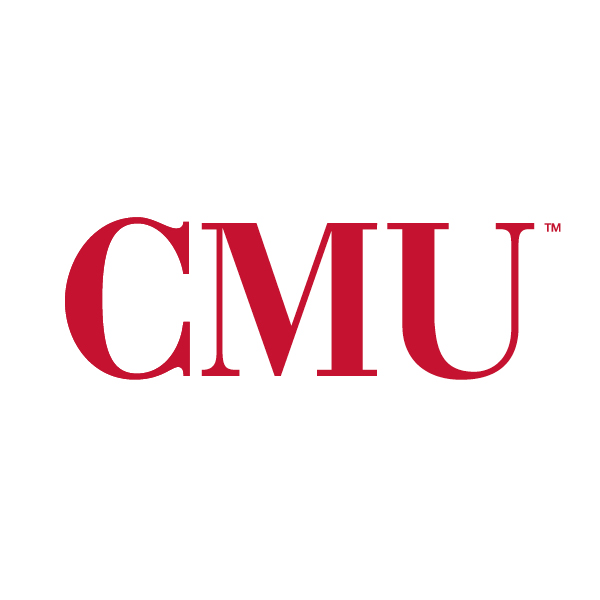
Carnegie Mellon University
- Pittsburgh, PA
Academic Highlights: Impressively, particularly for a school with more graduate students than undergrads, CMU boasts a 6:1 student-to-faculty ratio and small class sizes, with roughly one-third containing single digits and 68% having an enrollment of nineteen or fewer. In a given school year, 800+ undergraduates conduct research through the University Research Office, and many others participated through various outside arrangements. Between 500-600 students study abroad for a semester each year in such countries as Japan, China, and Germany.
Professional Outcomes: By the end of the calendar year in which they received their diplomas, 74% of recent grads were employed, and 17% were continuing to graduate school. The companies that have routinely scooped up CMU grads include Google, Meta, Microsoft, Apple, Amazon, TikTok, and NVIDIA. With an average starting salary of $124,107, CMU grads outpace the average starting salary for a college grad nationally.
- Enrollment: 7,289
- Cost of Attendance: $83,697
- Median SAT: 1540
- Median ACT: 35
- Acceptance Rate: 11%
- Retention Rate: 97%
- Graduation Rate: 93%
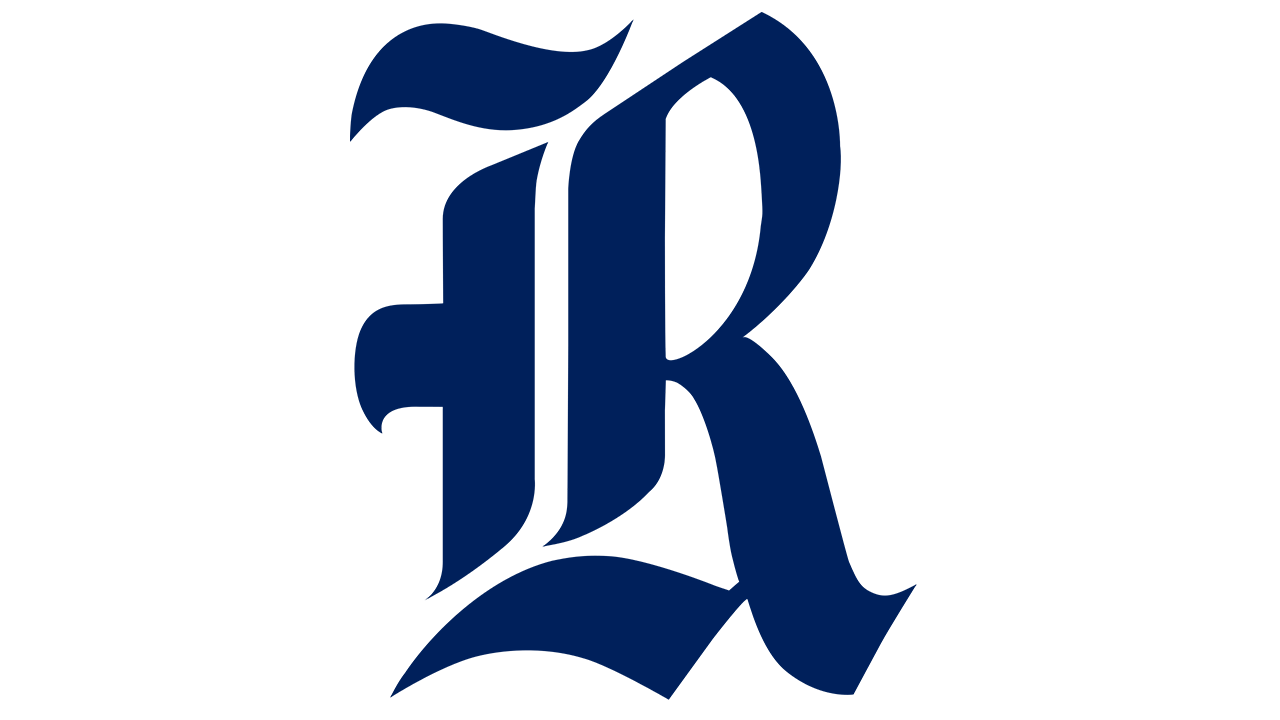
Rice University
- Houston, TX
Academic Highlights: Boasting a student-to-faculty ratio of 6:1, Rice offers a spectacularly intimate learning experience. Class sizes are ideally small with 66% containing fewer than 20 students and a median class size of only fifteen. Undergraduate research opportunities abound with approximately 70% of graduates participating in academic research during their four years. Those experiences are open to freshmen through the Century Scholars Program and to all underclassmen through the Rice Undergraduate Scholars Program. Study abroad options are available in over fifty countries, including collaborative programs with some of the top schools in the world including The London School of Economics, Oxford, and Cambridge.
Professional Outcomes: Six months after graduation, 88% of recent Rice grads have found careers or a graduate school home. Companies that employ many recent grads include Meta, Microsoft, Amazon, Boston Consulting Group, Deloitte, Google, and Accenture. Over four hundred alumni work at Baylor College of Medicine, and over 200 work at MD Anderson Cancer Center. Across all majors, the average starting salary is $89k. Texas is among the most common destinations for recent grads, but many also flock to San Francisco, New York, Seattle, and Chicago.
- Enrollment: 4,574
- Cost of Attendance: $78,278
- Median SAT: 1550
- Median SAT: 35
- Acceptance Rate: 8%
- Retention Rate: 98%
- Graduation Rate: 96%
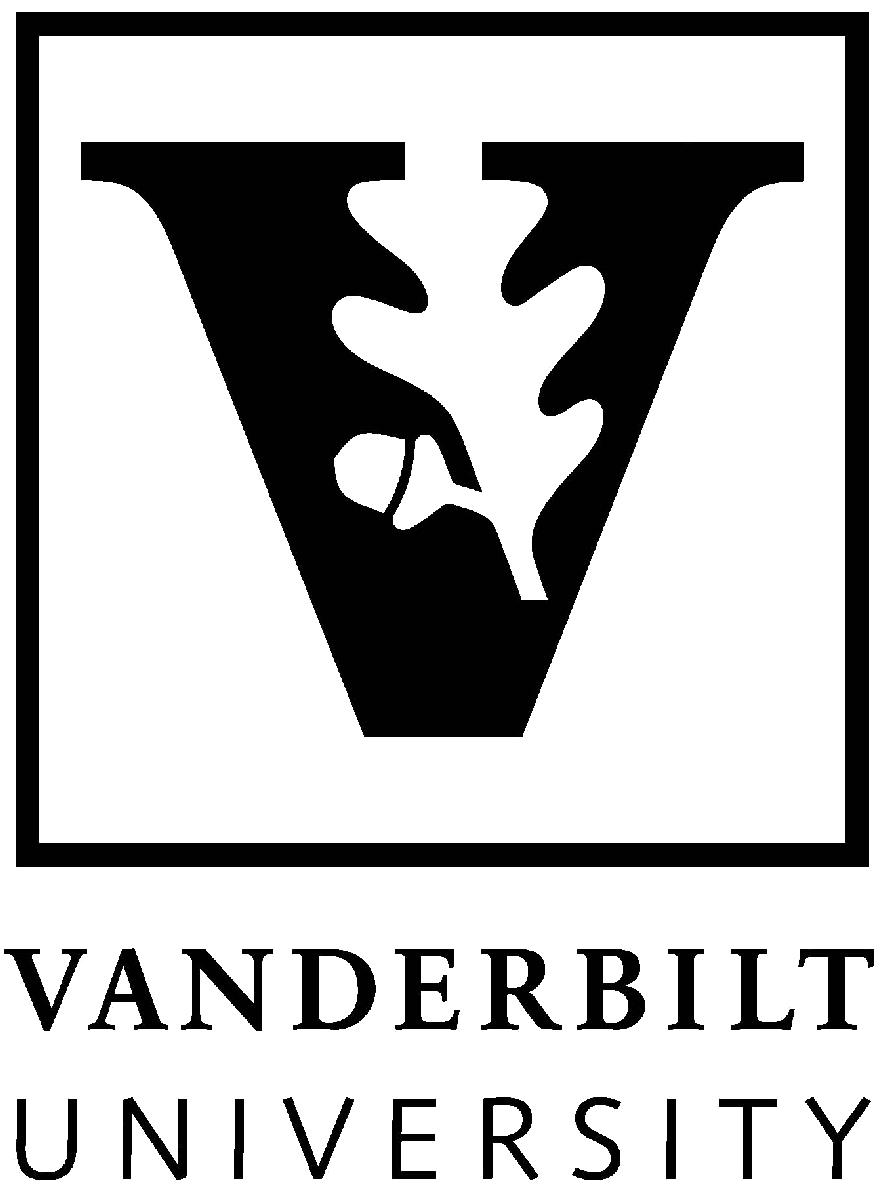
Vanderbilt University
- Nashville, TN
Academic Highlights: With a 7:1 student-to-faculty ratio, undergraduate class sizes are kept small. In the 2023-24 school year, 26% of course sections contained nine or fewer students, and 61% contained 19 or fewer. Undergraduate research opportunities can be found as part of the classroom curriculum, through capstone experiences, or through the Vanderbilt University Summer Research Program; 58% of undergrads conduct research during their four years. Half of all Commodores are adventurous enough to study abroad, and over 80% of those who do say the experience helped them build job skills. The university offers 120 programs in 40 countries.
Professional Outcomes: Six months after graduating, 95% of the Class of 2023 were employed or in graduate school. Alumni can be found in droves at Capital One, Deloitte, McKinsey & Company, VUMC, Amazon, and Bank of America. Among 2023 alumni who directly pursued advanced degrees, the majority enrolled at Vanderbilt followed by Columbia, UPenn, NYU, Harvard, Yale, Duke, and Northwestern. The greatest number of recent alumni stayed in the Greater Nashville area but large pockets also assembled in New York City, Boston, and Chicago. Mid-career median salaries for Vanderbilt graduates are number one in the state by a wide margin; the median figure is $86,000.
- Enrollment: 7,152
- Cost of Attendance: $89,590
- Median SAT: 1540
- Median ACT: 35
- Acceptance Rate: 6%
- Retention Rate: 96%
- Graduation Rate: 93%
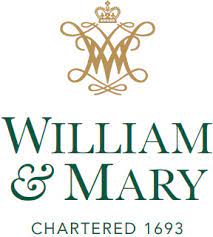
College of William & Mary
- Williamsburg, VA
Academic Highlights: Over forty undergraduate programs are available and William & Mary has a 13:1 student-to-faculty ratio. Class sizes are rarely tiny seminars, but 44% do enroll fewer than twenty students, and only 10% contain more than fifty. An extremely high percentage of undergrads study abroad for a semester; by graduation, roughly half of the class has done so, traveling to one of more than 60 countries. Undergraduate research opportunities are widely available.
Professional Outcomes: 53% of recent grads joined the workforce, and 35% entered graduate school within six months of graduation. Over 500 employers snatched up at least one member of the Tribe. Companies hiring at least four recent grads included Accenture, Booz Allen Hamilton, KPMG, and Deloitte. Many of those opting for immediate entry into graduate school stayed at their alma mater, with other alums attending Columbia, Duke, Emory, Johns Hopkins, and the University of Chicago.
- Enrollment: 6,963
- Cost of Attendance: $43,035 (In-State); $67,407 (Out-of-State)
- Median SAT: 1450
- Median ACT: 33
- Acceptance Rate: 33%
- Retention Rate: 95%
- Graduation Rate: 91%

University of California, Los Angeles
- Los Angeles, CA
Academic Highlights: Close to half of classrooms contain fewer than twenty Bruins, but those taking introductory courses will find themselves in a fair number of lecture halls with a hundred or more students. Professors are given impressively high marks for a research university of UCLA’s size. 93% of College of Letters and Science seniors rate their professors as being intellectually challenging. By the time they graduate, 45% of undergraduates have participated in a research experience. Every year, roughly one-quarter of the undergraduate population elects to study abroad, a sharp increase from only a few years ago. UCLA has 115 partner universities in 40+ countries around the globe.
Professional Outcomes: Thousands of alumni can be found working at Google, Amazon, and Apple. Companies that employ over 100 Bruins each include Meta, Microsoft, Netflix, TikTok, NVIDIA, and LinkedIn. Ultimately, one-third of UCLA grads go on to enroll in graduate/professional school, with many choosing to stay at their alma mater. Otherwise, the most attended grad schools are primarily other excellent California-based institutions including Stanford, USC, and Berkeley. For graduates early in their careers, the median salary is $78,600, with mid-career median earnings reaching over $149k. Many alumni remain in the Los Angeles Metropolitan area after graduating; other popular destinations include the San Francisco Bay area and New York City.
- Enrollment: 33,040
- Cost of Attendance: $38,031 (In-State); $68,808 (Out-of-State)
- Median SAT: Test Blind
- Median ACT: Test Blind
- Acceptance Rate: 9%
- Retention Rate: 97%
- Graduation Rate: 93%
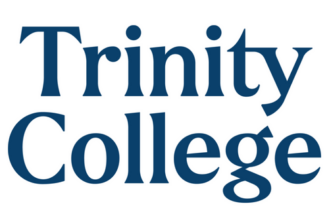
Trinity College
- Hartford, CT
Academic Highlights: A student/faculty ratio of 9:1 translates to 70% of course sections boasting an enrollment of nineteen or fewer students, and the mean number of students in a class is seventeen. Working closely with faculty is a real possibility at this school where one hundred students conduct research each year alongside faculty through the Summer Research Program, and roughly two-thirds engage in some type of undergraduate research. Greater than 60% of Trinity students study abroad and have access to Trinity-exclusive programs in Cape Town, Rome, and Vienna as well as approved partnerships with universities in 50+ countries.
Professional Outcomes: 97% of 2023 grads had a positive outcome within six months of commencement. Those entering the world of employment landed jobs at organizations like BlackRock, Bloomberg, General Motors, and Morgan Stanley. Many alumni can also be found in the corporate offices of Citi, Fidelity Investments, Google, and Goldman Sachs. Twenty-three percent of Trinity grads pursued further education, enrolling at Columbia, UPenn, Boston University, Duke, and UC Berkeley. Doctorate programs were most popular (51%), followed by Masters (41%), and other degree types (8%).
- Enrollment: 2,237
- Cost of Attendance: $87,910
- Median SAT: 1390
- Median ACT: 31
- Acceptance Rate: 34%
- Retention Rate: 91%
- Graduation Rate: 83%

Barnard College
- New York, NY
Academic Highlights: Barnard has a 10:1 student-faculty ratio and a sensational 70% of courses are capped at nineteen or fewer students; 18% have fewer than ten. Many get the chance to engage in research alongside a professor as 280+ undergraduates are granted such an opportunity through the Summer Research Institute each year.
Professional Outcomes: Six months after graduation, 91% of recent Barnard grads had found employment or were enrolled in a graduate program. JP Morgan, Goldman Sachs, Bank of America, and Citibank all appear on the list of the top fifteen employers of Barnard alumni. Those entering graduate school flock in large numbers to Columbia, with 123 heading there over the last three years. Sixteen Barnard students and alumnae were selected as Fulbright recipients in 2024 – making Barnard a top producer of Fulbright scholars for seven years in a row.
- Enrollment: 3,353
- Cost of Attendance: $89.808
- Median SAT: 1510
- Median ACT: 33
- Acceptance Rate: 8%
- Retention Rate: 97%
- Graduation Rate: 93%

University of Southern California
- Los Angeles, CA
Academic Highlights: Aided by a favorable 9:1 student-to-faculty ratio, the school does an excellent job facilitating undergraduate research opportunities. Each school/college has a course entitled Directed Research 490 in which students work closely with a faculty supervisor and earn between two and eight credits, countless other opportunities exist to get one’s hands dirty in academic research. Each department has its own slate of study abroad offerings and Maymester programs, which are short-term intensive courses held stateside and abroad.
Professional Outcomes: 93% of undergrads experience positive postgraduation outcomes within six months of earning their degree. The median salary across all majors is an astounding $85k. Presently, between 500 and 2,500 alumni are employed at each of Google, Amazon, Apple, Microsoft, Meta, NVIDIA, and Oracle. Graduate/professional schools enrolling the greatest number of 2023 USC grads include Columbia, UCLA, Pepperdine, and Harvard, with most remaining at USC for their advanced studies.
- Enrollment: 21,023
- Cost of Attendance: $90,453
- Median SAT: 1510
- Median ACT: 33
- Acceptance Rate: 10%
- Retention Rate: 97%
- Graduation Rate: 92%
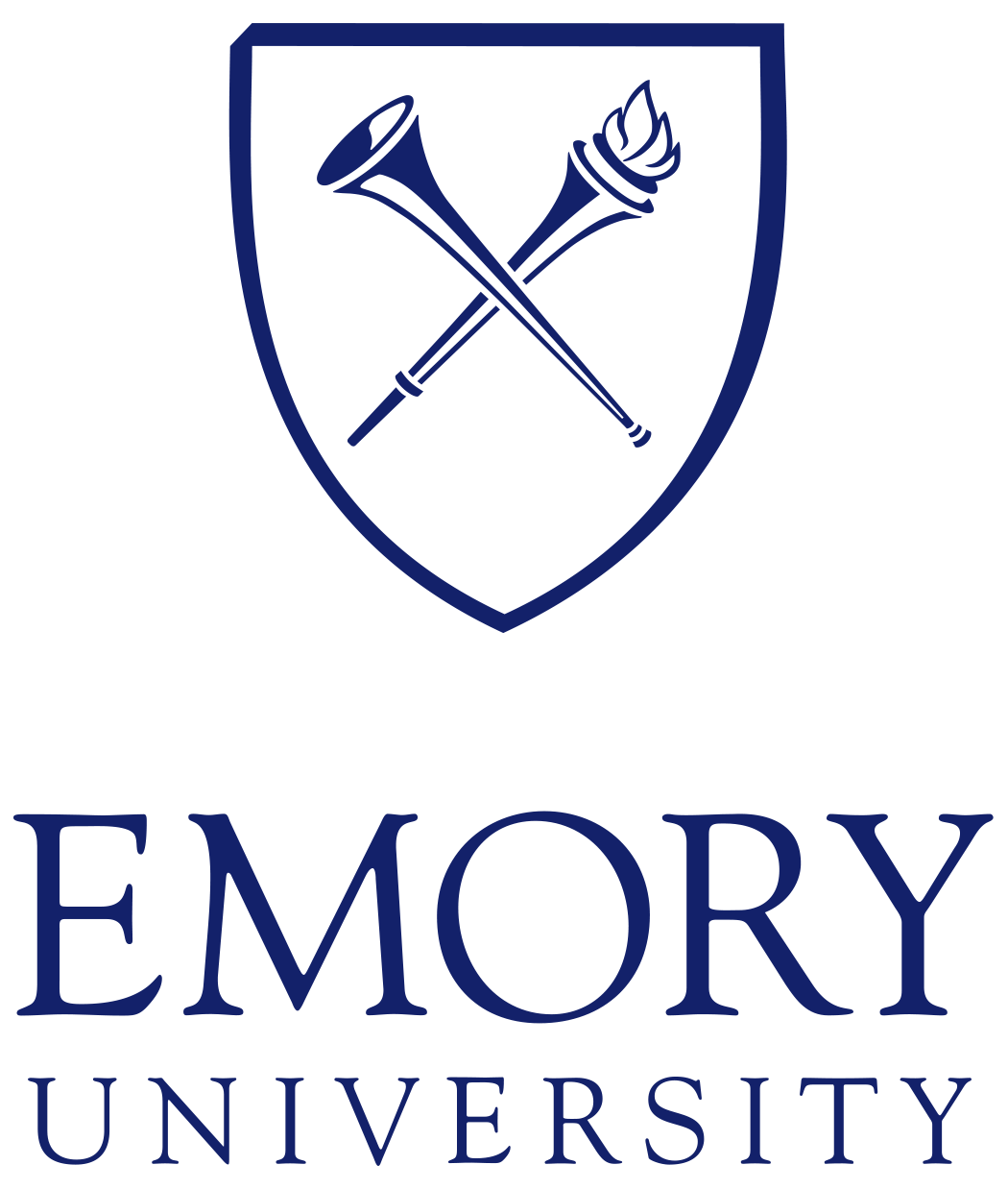
Emory University
- Atlanta, GA
Academic Highlights: This midsize university offers a diverse array of majors (80+) and minors (60+), and 30% of Emory students pursue more than one area of study. Over half of Emory’s student body works directly with a faculty member on academic research and 58% of courses have class sizes of under twenty students. Studying abroad is a fairly common feature of an Emory education, with 40% of students traveling to one of 100 international destinations.
Professional Outcomes: Shortly after graduation, 59% of 2023 grads were already employed, and 99% had arrived at their next destination. The top employers of recent Emory grads include Epic, NIH, Capital One, Fulbright US Student Program, Amazon, and Deloitte. The average starting salary was $61k. In the last few years, multiple Emory grads/alums received acceptance letters from the following top schools – Columbia, UPenn, Yale, the University of Chicago, and Vanderbilt. While a healthy number of Emory grads found employment in Georgia, the top destinations for the Class of 2023 included non-Southern locales in New York City, DC, LA, Chicago, and Philadelphia.
- Enrollment: 7,359
- Cost of Attendance: $83,622
- Median SAT: 1520
- Median ACT: 33
- Acceptance Rate: 11%
- Retention Rate: 96%
- Graduation Rate: 92%
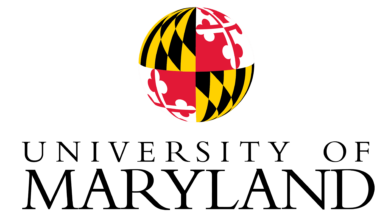
University of Maryland, College Park
- College Park, MD
Academic Highlights: Undergraduates can select from 100+ majors across twelve colleges and schools. 47% of class sections enroll fewer than twenty students. Undergraduate research opportunities are within reach as 21% of recent graduates completed one. The Office of Undergraduate Research facilitates numerous opportunities throughout the year, and hosts an annual Undergraduate Research Day and Summer Undergraduate Research Conference at which 550+ students make presentations. Fourteen percent of students also pursue a study abroad experience at one of 300+ destinations in 60 countries.
Professional Outcomes: Within six months of graduating, 94% of Class of 2023 grads had positive outcomes. 71% found employment; the companies/organizations that hired the greatest number of grads included Northrop Grumman, Deloitte, Capital One, and Montgomery County Public Schools. Amazon, Google, and Microsoft employ more than 900 alumni each. The salary range for 2023 grads was between $60k and $86k. 21% of the Class of 2023 headed directly to graduate and professional school.
- Enrollment: 30,608
- Cost of Attendance: $30,885 (In-State); $59,686 (Out-of-State)
- Median SAT: 1460
- Median ACT: 33
- Acceptance Rate: 45%
- Retention Rate: 96%
- Graduation Rate: 88%
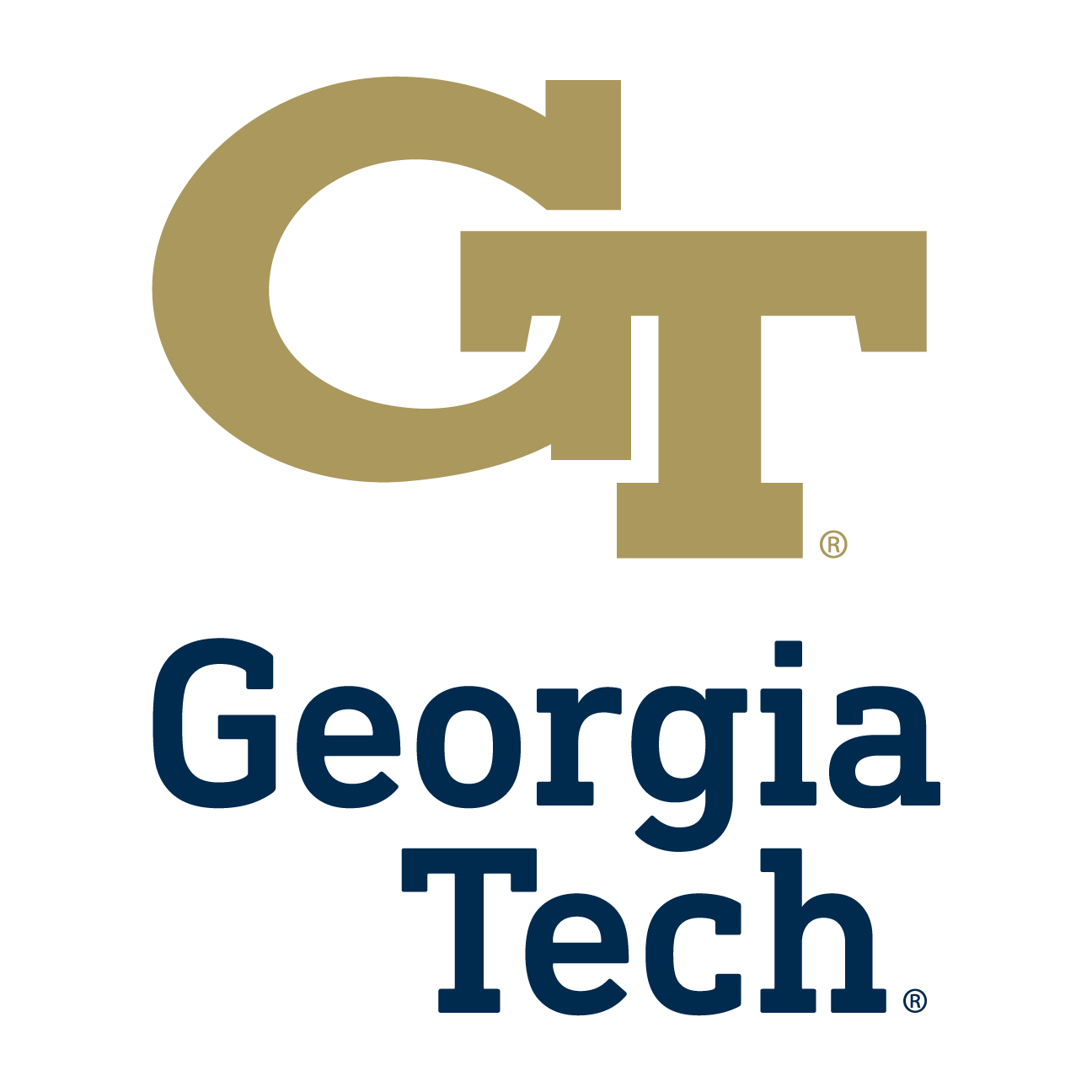
Georgia Institute of Technology
- Atlanta, GA
Academic Highlights: Being a large research university, the student-to-faculty ratio is a less-than-ideal 18:1, leading to some larger undergraduate class sections. In fact, 51% of courses had enrollments of more than thirty students in 2023. On the other end of the spectrum, 9% of sections had single-digit enrollments. While not all of your professors will know you by name, there are plenty of ways that motivated students can strike up meaningful faculty-student relationships, with nearly 50% collaborating on research with professors at some point during their undergraduate career. Fifty-two percent of Tech students have gone abroad by the time they graduate, with a growing number electing to complete internships in a foreign land rather than academic coursework. In a given year, 130+ undergraduate students participate in a global internship.
Professional Outcomes: More than three-quarters of recent grads had already procured employment by the time they were handed their diplomas. You will find graduates at every major technology company in the world. Recent employers include Microsoft, Amazon, Google, Capital One, and Apple. The median salary of the Class of 2023 was $84,000, with recent grads settling mostly in the Atlanta metro area. The next three most popular destinations are San Francisco, New York City, and Washington, DC.
- Enrollment: 19,505
- Cost of Attendance: $28,524 (In-State); $49,636 (Out-of-State)
- Median SAT: 1450
- Median ACT: 32
- Acceptance Rate: 16%
- Retention Rate: 98%
- Graduation Rate: 92%
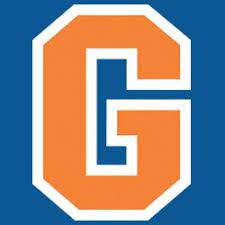
Gettysburg College
- Gettysburg, PA
Academic Highlights: Gettysburg College offers 40+ academic programs. A student-to-faculty ratio of 10:1 allows for incredibly small class sizes; the average is 18. Undergraduate research opportunities are accessible to students in all academic departments. Overall, more than 50% of students get a chance to work on academic/laboratory research with one of their professors and nearly 60% of Gettysburgians elect to study abroad for a semester or longer. The school has formal partnerships in countries like China, Tanzania, and Senegal.
Professional Outcomes: One year after receiving their diplomas, 98% of recent grads landed their first job or had enrolled in graduate/professional school. Large numbers of Gettysburg alumni are employed by Deloitte, Eurofins Lancaster Laboratories, Bank of America, Lockton, Betterment, Ernst & Young, and Fidelity Investments. Nineteen percent enrolled in graduate programs, attending elite institutions like Penn State, George Washington, NYU, UPenn, and Emory. According to PayScale, the school ranks 17th among all liberal arts colleges for early-career and mid-career salaries.
- Enrollment: 2,216
- Cost of Attendance: $81,960
- Average SAT: 1350
- Average ACT: 29
- Acceptance Rate: 48%
- Retention Rate: 90%
- Graduation Rate: 83%
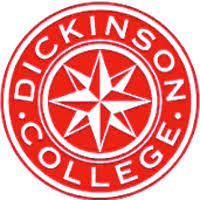
Dickinson College
- Carlisle, PA
Academic Highlights: As students immerse themselves in one of 46 areas of concentration, Dickinson supports them with a 9:1 student-to-faculty ratio and average class size of 17, with 75% of classes being capped at 19 students. This type of intimacy allows the school to advertise that: “Not only will you have the opportunity to conduct advanced research as an undergraduate that most wouldn’t experience until graduate school, you’ll also have the chance to work alongside faculty in the process.” The majority of students also elect to venture to other continents as part of their undergraduate experience. Offering study abroad opportunities with 16 global programs, more than 50 study abroad options, and boasts a 60% participation rate.
Professional Outcomes: One year after graduating, 95% of Dickinson grads have found jobs or full-time volunteer work, or have enrolled in graduate school. Companies employing Dickinson alumni include Deloitte, EY, Vanguard, JPMorgan Chase & Co., Google, Amazon, Microsoft, and Merck. Most alumni are found in Pennsylvania, with the New York City Metropolitan area also proving popular with Red Devil alums.
- Enrollment: 2,204
- Cost of Attendance: $83,227
- Median SAT: 1355
- Median ACT: 30
- Acceptance Rate: 43%
- Retention Rate: 89%
- Graduation Rate: 83%
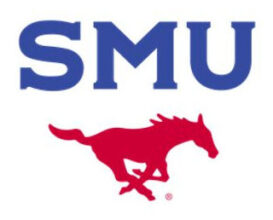
Southern Methodist University
- Dallas, TX
Academic Highlights: In total, SMU offers 120+ majors and 85 minors. Thanks in part to an 11:1 student-to-faculty ratio, 55% of classes enroll fewer than 20 students. Opportunities for personal connection and guidance extend beyond the classroom as 1,000 current SMU students have participated in undergraduate research or apprenticeships. The 150 study abroad programs in 50 countries attract about one-quarter of Mustangs at some point during their four years of study.
Professional Highlights: On graduation day, over 88% of recent grads already had their first jobs or graduate school destinations in hand. Major corporations employing the greatest number of Mustangs are Lockheed Martin, JP Morgan Chase, Pricewaterhouse Coopers, Deloitte, Raytheon, Amazon, AT&T, and Goldman Sachs. In 2023, the average starting salary was $90k across all majors ($99k for Cox School of Business grads). Ten percent of seniors elected to immediately pursue an advanced degree, matriculating at prestigious institutions such as the University of Notre Dame, NYU, Vanderbilt, Columbia, and Boston University.
- Enrollment: 7,115
- Cost of Attendance: $86,090
- Median SAT: 1410
- Median ACT: 32
- Acceptance Rate: 61%
- Retention Rate: 90%
- Graduation Rate: 83%
We hope you have found our list of the Best Colleges for Public Policy to be useful and informative as you continue your college search process. We also invite you to check out some of our other resources and tools including:
- AP Score Calculators
- SAT Score Calculator
- ACT Score Calculator
- Best Summer Programs
- College List Building Tool


